Cathartes aura meaning “golden purifier” or “purifying breeze”
With a gross diet and looks only a mother could love, these wild scavengers have extraordinary skills and senses that help clean our environment.
You’ve seen them sky gliding on thermals or picking at roadkill along highways. What is largely unseen is their beginning journey. Turkey vultures’ nest in seclusion, away from any disturbance. They may feed in the open, but a large part of their year is spent hidden from view nesting and raising their brood. See a glimpse of their hidden family life in the video below.
Family Life
Turkey vultures breed in the spring in crevices, caves, thickets, logs, burrows, or other remote areas including abandoned buildings. They often use the same site for multiple broods. They don’t really build nests, often laying eggs on the surface. Both parents help to incubate and feed.
The young are born with fluffy down and often blind. Juveniles have black heads which some mistake for black vultures. They are mostly defenseless beyond a quiet hiss and the ability to vomit as a defense. Their first flight happens around 10-11 weeks, and they are completely independent at three months. Families stay together until fall when turkey vultures leave the area.
Unique Set of Skills
Turkey vultures find carrion, dead animals, by sight and smell. Their eyesight is excellent except in the dark, often spotting carcasses up to a mile away. Their sense of smell can locate food through deep forest canopies. The part of their brain devoted to smell is larger by comparison to other birds.
Their flying skills often help them reach fresh carrion before other ground scavengers. The broad wings of turkey vultures form a V shape which gives them stability and lift while gliding on thermals. They rarely flap their wings and rock side to side during flight. They are often seen around bluffs where they can catch warm air currents. In the morning, they might be seen extending their wings to warm, cool, or dry before flight.
Eating Order
Unlike black vultures, turkey vultures target dead prey. They prefer their meat freshly dead. Their diet is mainly mammals but will also include reptiles, amphibians, birds, and invertebrates. They go for the softer meat at first with a curved bill that helps them tear into flesh. While they can pick their carrion clean, they have avoided the scent glands of skunks. Even scavengers have their limits.
Turkey vultures have strong stomach acids that can digest nearly anything. Their immune system is also strong protecting them from bacteria and viruses like anthrax, botulism, tuberculosis, and rabies.
Their scavenging abilities to remove dead and rotting animals from the landscape helps greatly in reducing the spread of disease in the environment.
Having bald heads makes for cleaner eating. Who would want to clean feathers after sticking their heads inside a dead carcass. Turkey vultures' vomit is a cooling and defense mechanism. On hot days, they will vomit on their feet to cool down. They will also vomit on predators or anyone getting too close and use the distraction to fly away. That must be the most putrid vomit on the planet!
Watch for turkey vultures around open areas near bluffs, roadsides, mixed farmlands, and forests. At night, they’ll roost in trees.
Discover more about turkey vultures in our field guide.
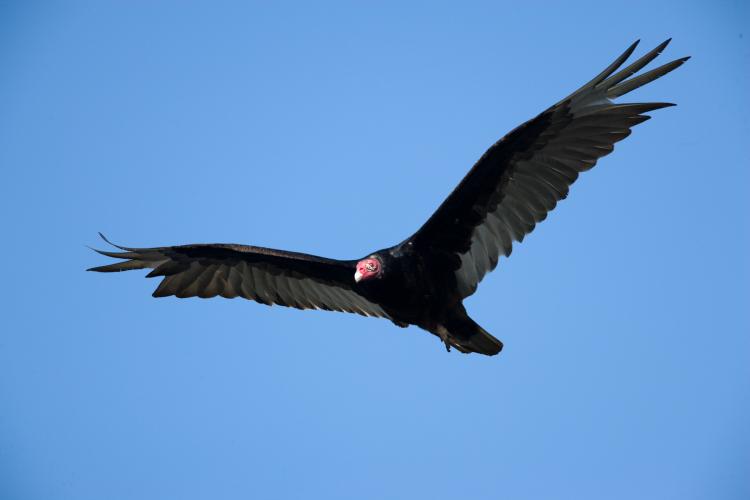
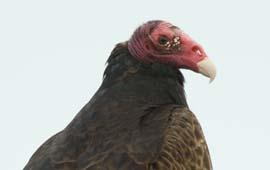
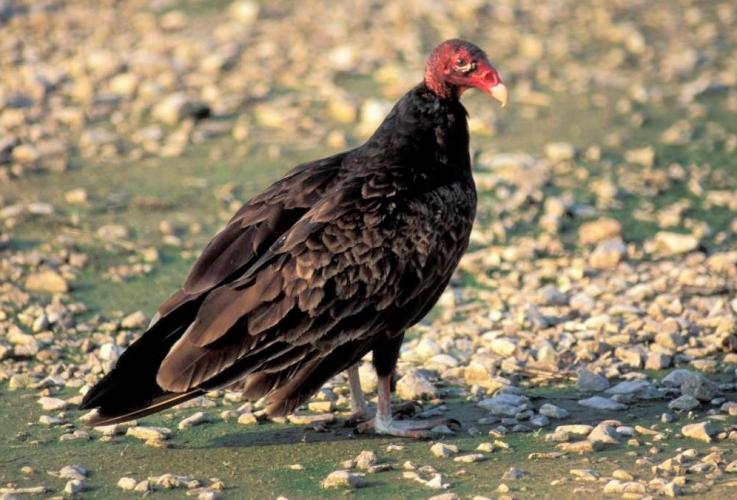
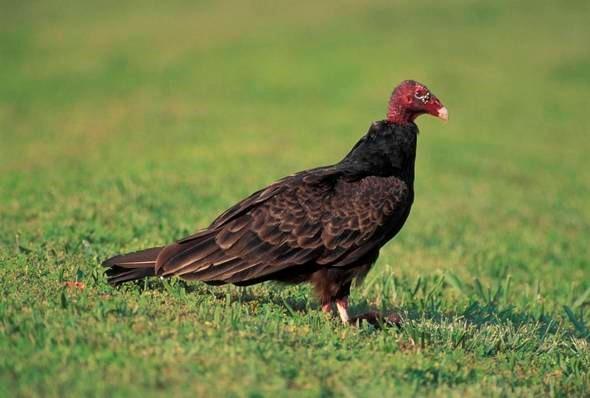
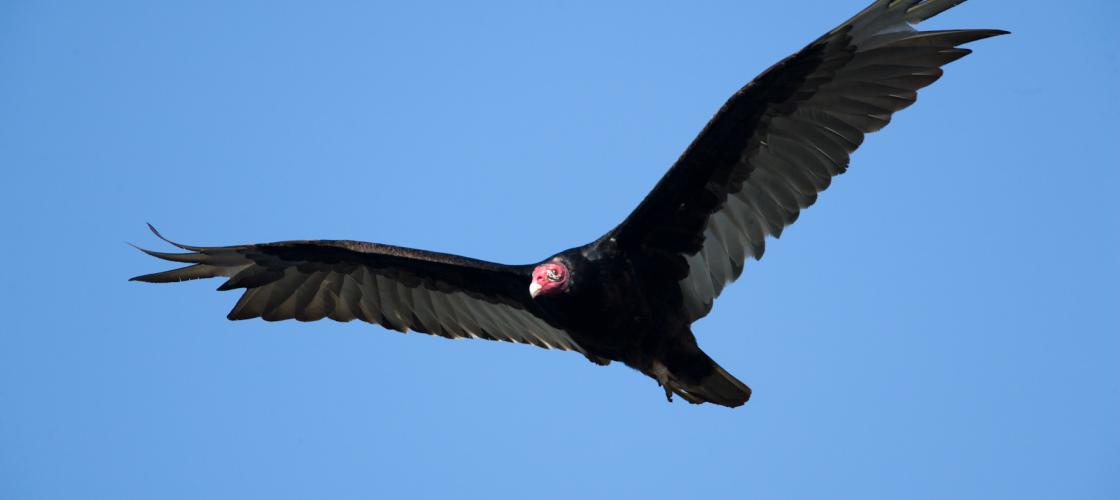
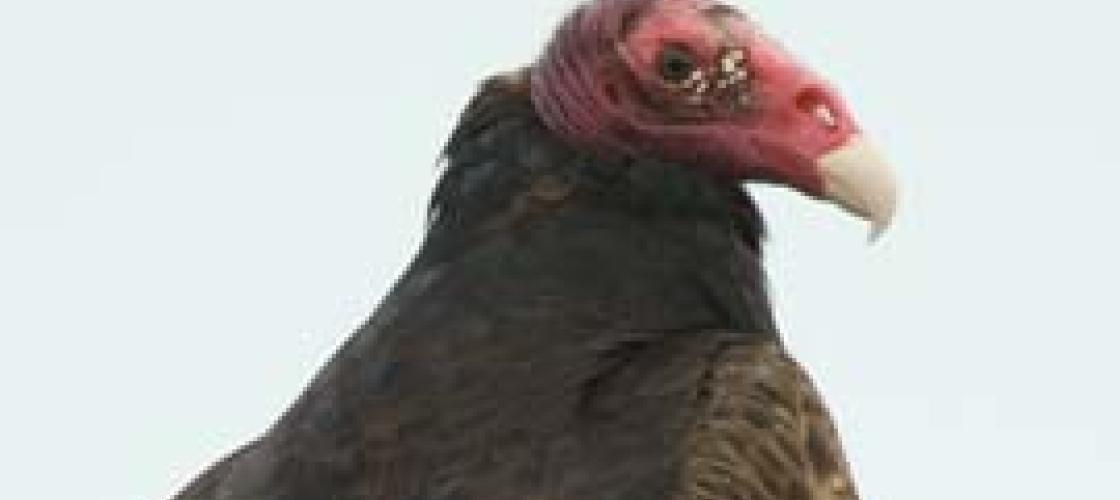
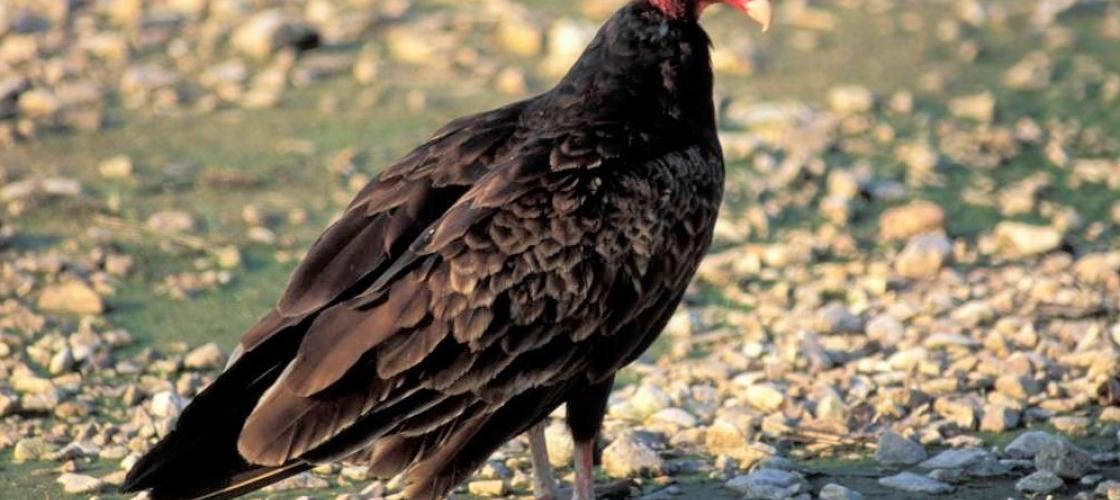
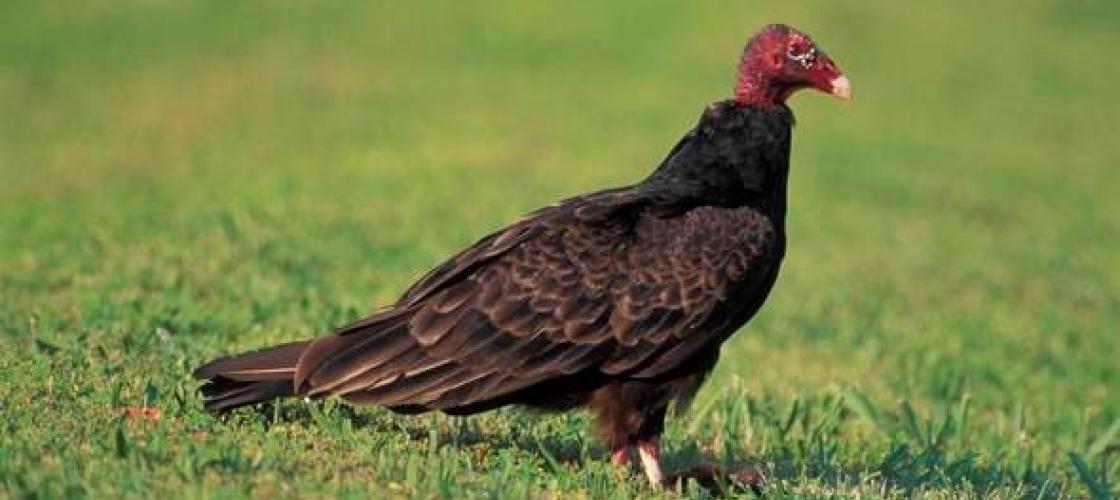
Recent Posts
























